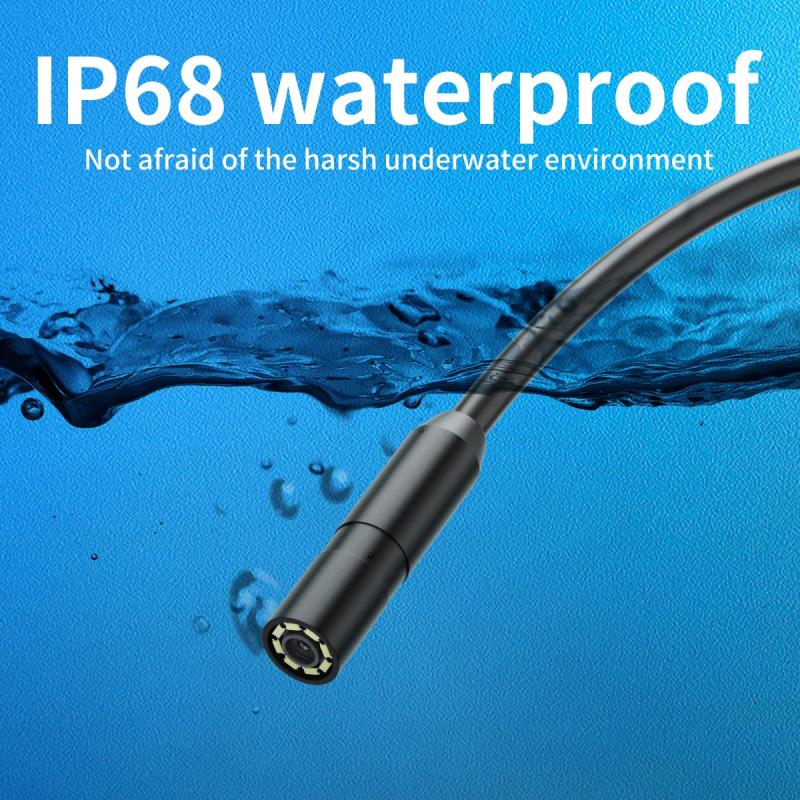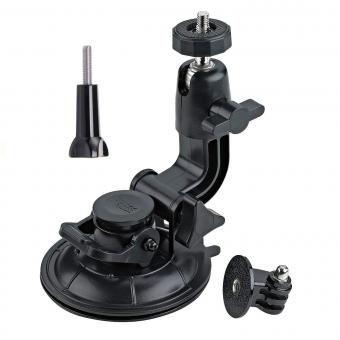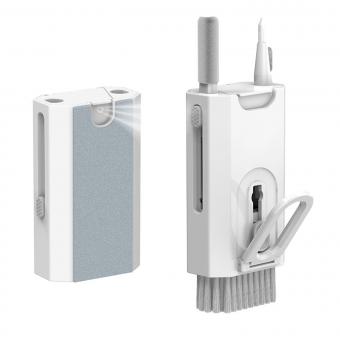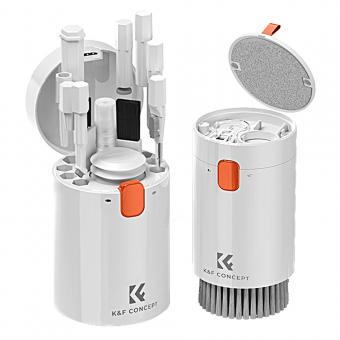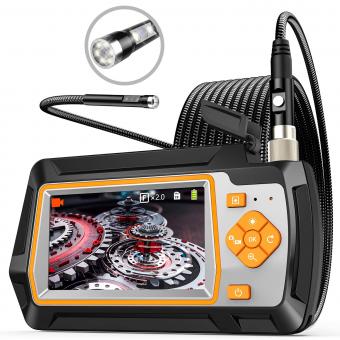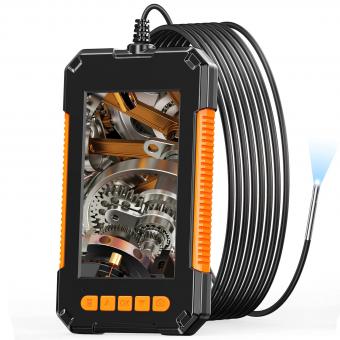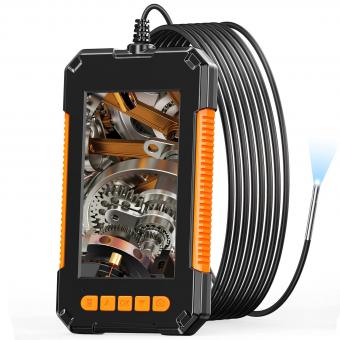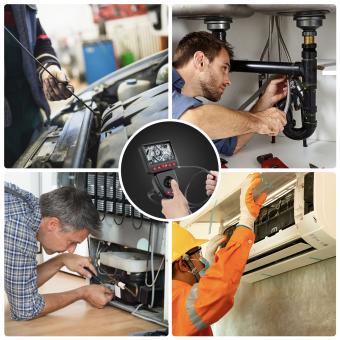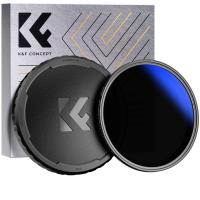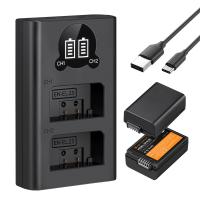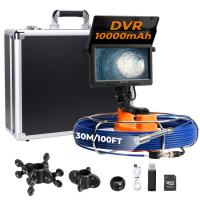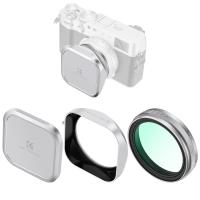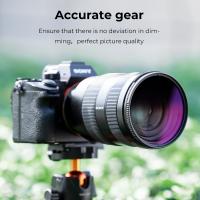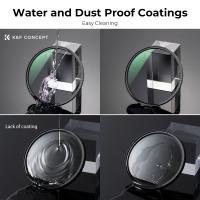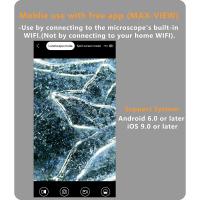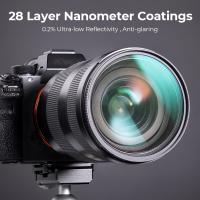How To Clean An Endoscope Veterinary ?
To clean an endoscope used in veterinary medicine, it is important to follow a specific process to ensure thorough cleaning and disinfection. First, the endoscope should be carefully disassembled according to the manufacturer's instructions. The detachable parts, such as the light guide cable and biopsy channel, should be separated.
Next, the endoscope and its components should be pre-cleaned by rinsing them with warm water to remove any visible debris or organic material. Then, a specialized enzymatic cleaner or detergent should be used to soak the endoscope and its parts. This helps to break down and remove any remaining organic matter.
After soaking, the endoscope should be thoroughly rinsed with clean water to remove any residue from the cleaning solution. It is important to ensure that all channels and lumens are flushed properly.
Finally, the endoscope should be high-level disinfected or sterilized according to the manufacturer's instructions. This may involve using a chemical disinfectant or an automated endoscope reprocessor (AER) to achieve the desired level of disinfection.
It is crucial to follow the specific cleaning and disinfection protocols recommended by the endoscope manufacturer and any applicable regulatory guidelines to ensure the safety and effectiveness of the cleaning process.
1、 Disassembly and Cleaning of Endoscope Components
To clean an endoscope used in veterinary medicine, it is important to follow a proper cleaning and disinfection protocol to ensure the safety of both the patients and the veterinary staff. The process involves disassembling the endoscope and cleaning its components thoroughly.
1. Disassembly: Start by disconnecting the endoscope from the light source and removing any detachable parts such as the biopsy channel, suction channel, and air/water channel. Carefully follow the manufacturer's instructions for disassembling the specific endoscope model.
2. Pre-cleaning: Rinse the disassembled components with warm water to remove any visible debris or organic material. This step helps to prevent the drying and hardening of contaminants, making the subsequent cleaning process more effective.
3. Cleaning: Use a mild enzymatic detergent or a specialized endoscope cleaning solution to clean the components. Gently brush the surfaces with a soft-bristle brush to remove any remaining debris. Pay special attention to the channels and crevices where contaminants can accumulate.
4. Rinse: Thoroughly rinse all the components with warm water to remove any detergent residue. Ensure that all channels are flushed properly to eliminate any remaining debris.
5. Disinfection: Immerse the cleaned components in a high-level disinfectant solution recommended by the manufacturer. Follow the recommended contact time for effective disinfection. It is important to note that disinfection alone may not eliminate all microorganisms, so proper cleaning is crucial.
6. Drying and storage: After disinfection, rinse the components with sterile water and allow them to air dry in a clean and dust-free environment. Once completely dry, reassemble the endoscope and store it in a clean and dry container.
It is essential to follow the manufacturer's instructions and guidelines for cleaning and disinfection, as different endoscope models may have specific requirements. Regular maintenance and adherence to proper cleaning protocols are crucial to ensure the longevity and optimal performance of the endoscope.
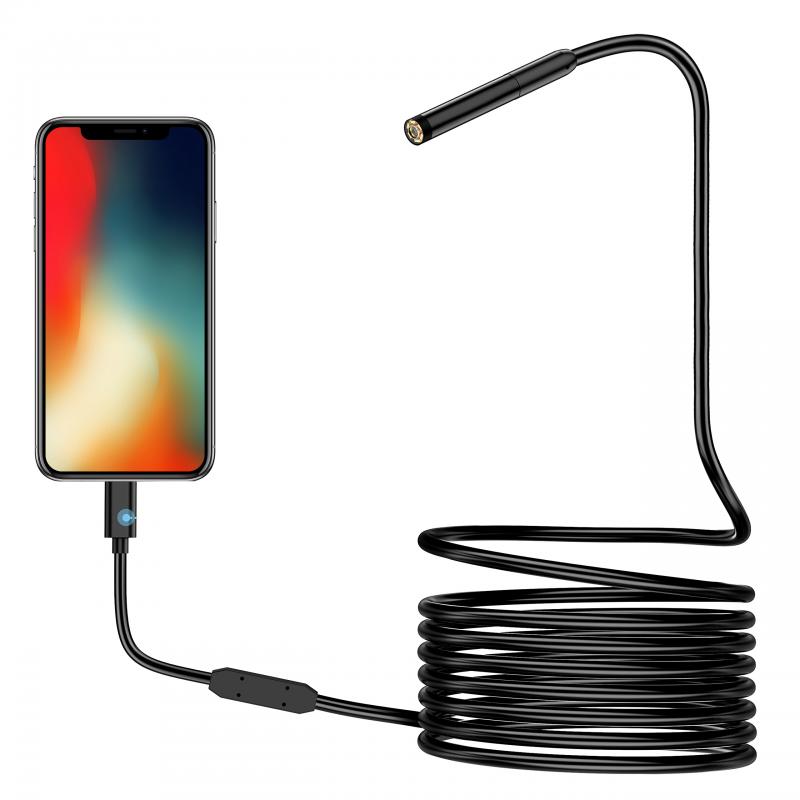
2、 Manual Cleaning Techniques for Endoscope Veterinary
Manual Cleaning Techniques for Endoscope Veterinary
Cleaning an endoscope veterinary is a crucial step in ensuring its proper functioning and preventing the spread of infections. Manual cleaning techniques are commonly used to remove debris, organic material, and biofilm from the endoscope's surfaces. Here is a step-by-step guide on how to clean an endoscope veterinary using manual techniques:
1. Pre-cleaning: Start by removing any visible debris or organic material from the endoscope. Use a soft brush or sponge to gently scrub the external surfaces, including the insertion tube, control body, and connectors. Be careful not to damage any delicate parts.
2. Detergent solution: Prepare a detergent solution according to the manufacturer's instructions. Immerse the endoscope in the solution, ensuring that all surfaces are fully submerged. Allow it to soak for the recommended time to loosen any remaining debris.
3. Brushing: After soaking, use a soft brush or pipe cleaner to clean the channels and crevices of the endoscope. Pay special attention to the biopsy channel, suction channel, and air/water channel. Gently scrub the channels to remove any residual debris or biofilm.
4. Flushing: Rinse the endoscope thoroughly with warm water to remove any detergent residue. Use a syringe or flushing pump to flush water through the channels, ensuring that all detergent is removed.
5. Drying: After cleaning, carefully dry the endoscope using lint-free towels or air-drying techniques. Ensure that all channels are completely dry to prevent the growth of bacteria or fungi.
6. Inspection: Inspect the endoscope for any signs of damage or wear. Check the lenses, light guides, and connectors for any cracks or discoloration. If any issues are found, contact the manufacturer for repair or replacement.
It is important to note that these manual cleaning techniques should be supplemented with automated cleaning and high-level disinfection processes to ensure thorough decontamination. Regular training and adherence to manufacturer guidelines are essential to maintain the effectiveness of the cleaning process.
In recent years, there have been advancements in endoscope cleaning technologies, such as the use of enzymatic cleaners and automated cleaning systems. These innovations aim to improve the efficiency and effectiveness of the cleaning process, reducing the risk of cross-contamination and improving patient safety. It is recommended to stay updated with the latest guidelines and recommendations from professional organizations and regulatory bodies to ensure the best practices for endoscope cleaning in veterinary settings.
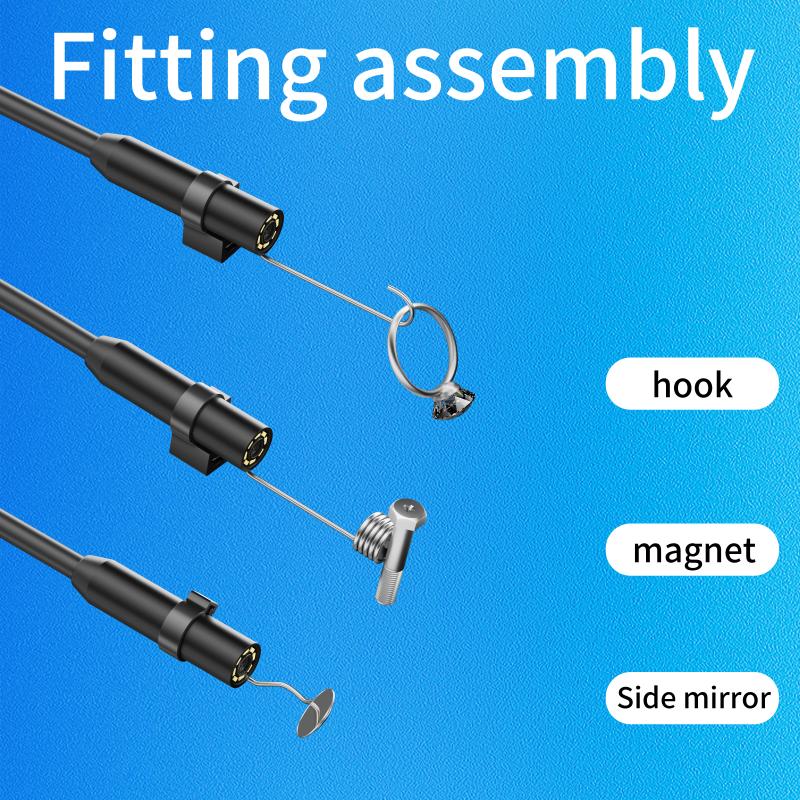
3、 Use of Enzymatic Detergents for Endoscope Cleaning
To clean an endoscope used in veterinary practices, it is important to follow proper cleaning protocols to ensure effective disinfection and prevent the spread of infections. One commonly used method is the use of enzymatic detergents for endoscope cleaning.
Enzymatic detergents are specifically designed to break down organic matter, such as blood, tissue, and other debris that may be present on the endoscope. These detergents contain enzymes that help to dissolve and remove these contaminants, making the cleaning process more effective.
To clean an endoscope using enzymatic detergents, the following steps can be followed:
1. Pre-cleaning: Before using the enzymatic detergent, the endoscope should be pre-cleaned to remove any visible debris. This can be done by rinsing the endoscope with water or using a soft brush to gently scrub the surface.
2. Enzymatic detergent application: The enzymatic detergent should be diluted according to the manufacturer's instructions. The endoscope should be immersed in the detergent solution, ensuring that all surfaces are covered. The detergent should be left to act for the recommended contact time, usually around 5-10 minutes.
3. Brushing and flushing: After the contact time, the endoscope should be gently brushed using a soft-bristled brush to remove any remaining debris. The channels of the endoscope should also be flushed with the detergent solution to ensure thorough cleaning.
4. Rinse and drying: Once the cleaning process is complete, the endoscope should be thoroughly rinsed with clean water to remove any detergent residue. It should then be dried using a lint-free cloth or air-dried in a designated drying cabinet.
It is important to note that the use of enzymatic detergents should be complemented with proper disinfection methods, such as high-level disinfection or sterilization, depending on the specific requirements of the endoscope and the veterinary practice.
The latest point of view on endoscope cleaning emphasizes the importance of following manufacturer's instructions for both the endoscope and the enzymatic detergent. It is crucial to use the recommended concentration and contact time to ensure effective cleaning and prevent damage to the endoscope. Additionally, regular monitoring and validation of the cleaning process should be conducted to ensure its efficacy and compliance with industry standards.
In conclusion, the use of enzymatic detergents for endoscope cleaning in veterinary practices is an effective method to remove organic matter and ensure proper disinfection. By following the recommended cleaning protocols and staying updated with the latest guidelines, veterinary professionals can maintain a high standard of cleanliness and reduce the risk of infections associated with endoscope use.
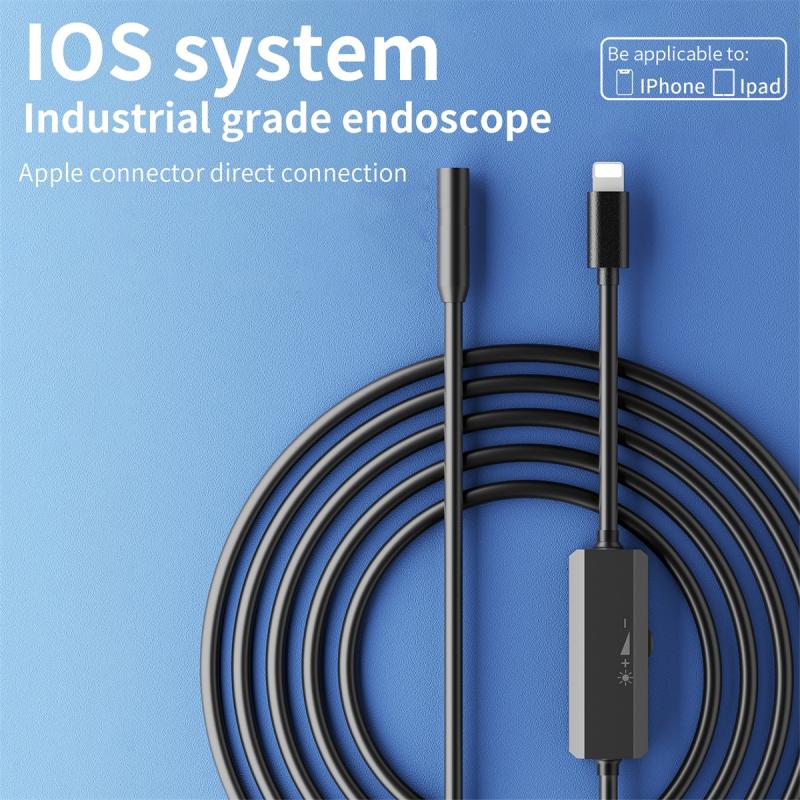
4、 High-Level Disinfection of Endoscope Veterinary
High-Level Disinfection of Endoscope Veterinary
Cleaning and disinfection of endoscopes in veterinary practice is crucial to prevent the transmission of infectious diseases and maintain the safety of both animals and veterinary staff. The process of cleaning an endoscope involves several steps to ensure effective high-level disinfection.
1. Pre-cleaning: Start by removing any visible debris or organic material from the endoscope using a soft brush or sponge. This step is important to prevent the formation of biofilm and improve the effectiveness of subsequent disinfection.
2. Manual cleaning: After pre-cleaning, the endoscope should be thoroughly cleaned using a mild detergent or enzymatic cleaner. Follow the manufacturer's instructions for the appropriate cleaning solution and ensure that all channels and surfaces of the endoscope are properly cleaned. Pay special attention to areas that are difficult to reach, such as the biopsy channel and elevator mechanism.
3. Rinse: Rinse the endoscope with clean water to remove any residual cleaning solution or debris.
4. High-level disinfection: The next step is to perform high-level disinfection of the endoscope. This can be achieved using chemical disinfectants specifically designed for endoscope reprocessing. Follow the manufacturer's instructions for the appropriate concentration and contact time of the disinfectant. It is important to note that the choice of disinfectant may vary depending on the type of endoscope and the specific pathogens of concern.
5. Rinse and dry: After disinfection, thoroughly rinse the endoscope with sterile water or an alcohol-based solution to remove any residual disinfectant. Finally, dry the endoscope using a lint-free cloth or forced air.
It is worth mentioning that the latest point of view emphasizes the importance of following the manufacturer's instructions and guidelines provided by professional organizations, such as the American Veterinary Medical Association (AVMA) and the American Animal Hospital Association (AAHA). These guidelines are regularly updated to incorporate the latest evidence-based practices and ensure the highest level of safety and effectiveness in endoscope reprocessing.
In conclusion, proper cleaning and high-level disinfection of endoscopes in veterinary practice are essential to prevent the transmission of infectious diseases. By following the recommended steps and guidelines, veterinary staff can ensure the safety and well-being of both animals and themselves.
